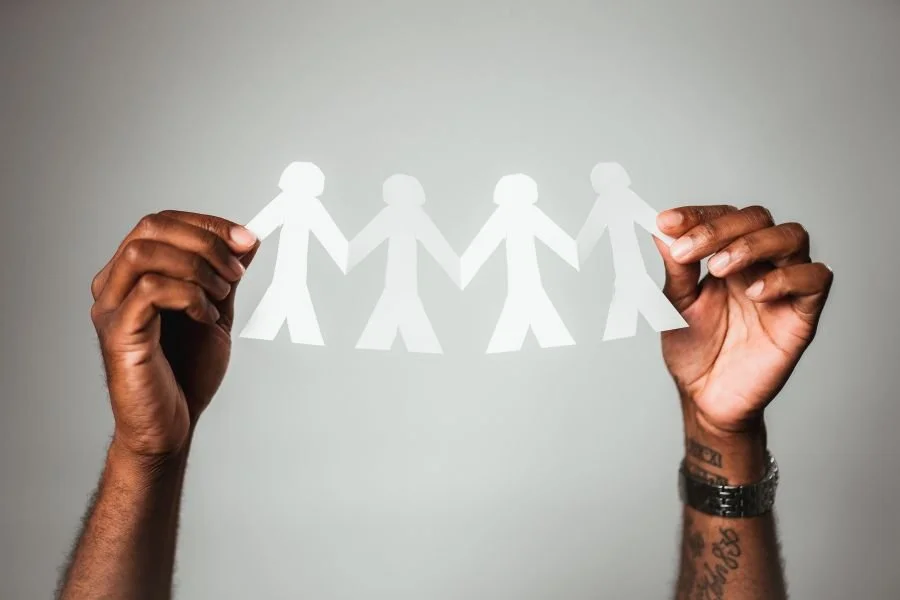Bridging Differences Playbook
Photo by Andrew Moca on Unsplash
The Greater Good Science Center has produced a Bridging Differences Playbook providing research-based strategies to promote positive dialogue and understanding.
The playbook focuses on key Intrapersonal, interpersonal and intergroup skills and strategies, including:
Intrapersonal:
· Assuming good intentions
· Practising mindfulness
· Expand one’s activities and views
· Seeking and promoting counter-stereotypical information
· Focusing on individuality, not group identity
Interpersonal:
· Listening with compassion
· Putting people before politics
· Perspective taking and giving
· Finding shared identities
· Understanding others’ values
· Practising self-distancing
Intergroup:
· Creating the conditions for intergroup contact
· Identifying common goals
· Focusing on solutions, not identities
While the playbook is centred in a USA cultural environment, the skills and practices are universal tools of respect in dealing with others where there is not a common agreement and are key to real application of tolerance, allowing the right of another person to hold a view and values contrary to one’s own.
The author’s note, “The true goal of bridging differences isn’t to convince the other person on your viewpoint or even necessarily to build consensus…. Instead, the heart of bridging work lies in trying to understand someone else’s perspective, even if it’s not your own. While you might not share their views, you don’t dismiss them; you dig deeper to try to appreciate where those views came from. This requires asking questions and a willingness to suspend judgment.
Bridge building does not mean that you always find common ground or compromise. You may disagree with another person, sometimes vehemently. But the key is that you don’t dehumanize them in the process – you never reduce them to a caricature or see them as somehow less worthy of health and happiness than you are.”
They stress that bridging requires modesty and humility. “You probably won’t get very far in your bridge-building efforts if you presume that you own tradition or story is definitely the right one; that’s true whether you’re talking about major historical events or your own family’s history.” Often the job of bridging involves small, incremental changes, and the authors stress that a significant amount of personal preparation is required to cultivate the necessary mindsets and psychological approach, capacity-building work that must be done on one’s own, before entering into interactions with other people and across groups.
They note that bridging work often involves taking risks and exposing vulnerability, especially that “when you truly try to hear someone else’s views, you risk being changed or influenced by what you hear.”
Finally, they stress that it is not only ethically dubious, but often counterproductive, to ask people to bridge differences when they are being discriminated against or otherwise denied social power and that bridging should never be used as “a tool of persuasion or coercion, especially not to consolidate power in order to attack or oppress others”. It is important to recognize that compelling individuals to participate in bridging work is not appropriate, and that not everyone can or should “feel compelled to build bridges in every situation - the work of bridging should not be done by demand”.
However, where possible, bridging can provide real benefits, including reducing violence. “Studies have found that when people with different backgrounds or beliefs work together, they make better decisions and solve problems more creatively than more homogenous groups do.”
